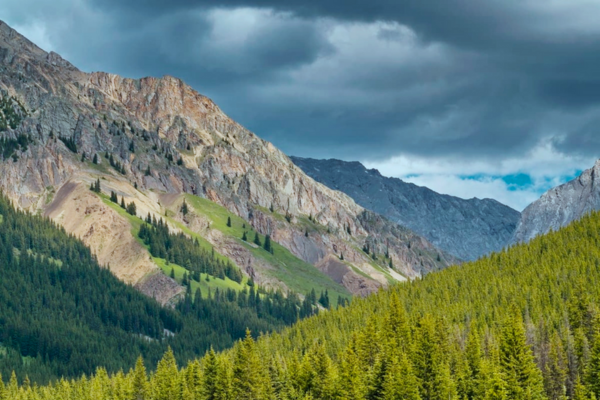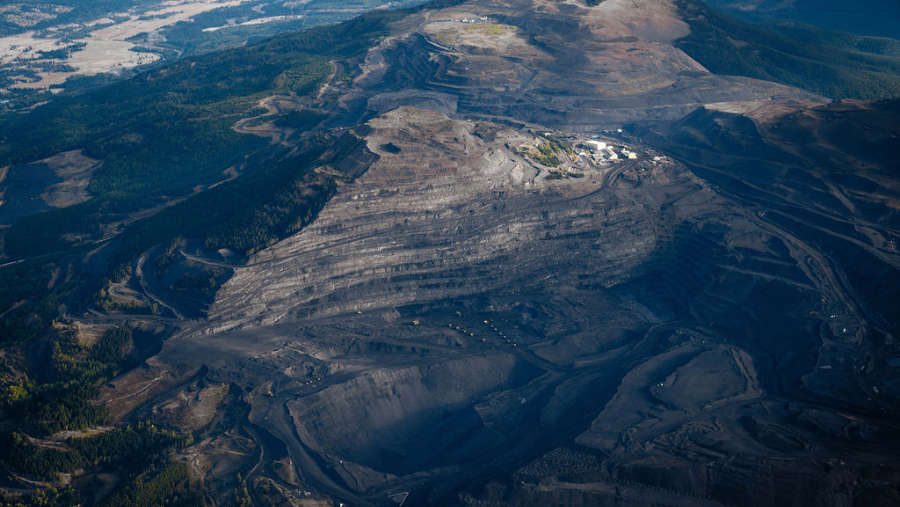Last month, we issued a statement following the Government of Alberta’s latest decision on coal in our province in which we expressed our relief at the temporary reprieve this represents, as well as our gratitude for the stalwart efforts of our supporters in helping secure this win.
However, much uncertainty remains in terms of what this decision means for securing lasting protection for the Eastern Slopes. In the interest of clearing those muddied waters, we’ve compiled a brief overview of what you need to know about where we stand with coal below.
Development is halted, for now
First and foremost, the announcement on March 4th to halt all coal exploration and development in the short term is a good one. Since the rescission of the 1976 Coal Policy, Albertans and our landscape have faced an onslaught of development proposals, new roads, and drill site construction. The halt, which is across all categories — including some that were previously open in the 1976 Policy — provides breathing room that is much needed. Nevertheless, more than a few questions remain unanswered, and concerns unaddressed.
Lasting protection has not been achieved
Not the least of which is that the announcement to halt all coal activity until land-use planning is complete did not offer lasting protection — it merely deferred the decision until a later, and as yet to be determined, date. While the temporary pause on development is of course helpful, it still leaves the door open for coal development in a few years’ time. The first recommendation from the Coal Policy Committee’s report was to create standalone coal policy or legislation, which the government elected not to do.
Land-use planning is an imperfect tool, at best
What’s more, the announcement put the weight of decision-making responsibility regarding coal squarely on the land-use planning process. Land-use planning can certainly be an effective tool for protecting the environment — if done well. However, in Alberta high-level Regional Plans rarely include the necessary detail to change existing policies, mitigating their potential for positive impact.
It’s also uncertain what level of land-use planning will be required to make the decision on the future of coal in each region. Albertans have made themselves abundantly clear — they do not want any new coal development in the Eastern Slopes of the Rockies; asking the same questions again within the land-use planning process will not change the answer. Lastly, land-use planning is an arduous process that can take years to complete and, in the end, is only partially legally enforceable. The Alberta Land Stewardship Act has been in place since 2009, yet only two regional plans have been completed in the 13 years following its enactment, neither of which address land-use at the appropriate scale to adequately assess all ensuing impacts.
What this ultimately means is that until the completion of appropriate land-use planning is completed, a change of government or Minister could lead to the cancellation of the current Ministerial Order that paused coal development, and effectively reopen the Eastern Slopes.
Exploration left a big mess
This brings us to one of the most pressing questions left on the table: Who is on the hook for the clean-up of the exploration mess? While the Minister halted any further coal exploration, no mention was made if there is any plan to immediately reclaim the damage done from coal exploration associated with the rescission of the 1976 Coal Policy.
Over 600 drill sites and over 200 kilometres of new roads were approved to be built to facilitate coal exploration in southwest Alberta alone. The increase of the industrial footprint on the landscape is a serious concern, and one that continues to damage both land and waters. It must be reclaimed, and Albertan taxpayers must not be left footing the bill.
Projects deemed ‘advanced’ are a go
We were also left with a degree of ambiguity in how certain coal projects were designated as ‘advanced.’ Clearly, projects that are already in operation can be classified as advanced, but others (such as Tent Mountain) which have yet to begin the assessment process should not fall within this category — especially as it allows them to continue unimpeded through the approvals process.
The public liability of mine reclamation remains an issue
We know we’re well into the weeds here, but it’s important to note that the public liability of mine reclamation still needs to be addressed. Since 1999, the Auditor General has expressed concern with insufficient securities, as well as the general operation of the Alberta Energy Regulator’s Mine Security Financial Program. Securities that do not cover existing — let alone future — coal mining liabilities create a profound risk for all Albertans, and our environment. Implementing the Auditor General’s recommendations must be a priority. Further, a review of coal royalties must be undertaken to ensure Albertans are getting a fair deal from existing and active coal mines, particularly given ongoing water contamination and reclamation issues.
Then there’s the effluent
As part of their recommendations, the Coal Policy Committee additionally urged Alberta to engage in the development of federal coal mine effluent regulations. Ironically, the province has already engaged. In fact, the Government of Alberta has lobbied heavily against strong regulations which actually hinders their ability to protect water quality. But it is crucial that these regulations are developed to the strongest degree possible, so that pollution released by existing coal mines in Alberta is reduced and mines incapable of meeting environmentally acceptable standards are not approved. (Note: Available technology is not currently able to reduce selenium to said standards.)
Cancel the leases
As a final takeaway, Albertans need to know that the government has not revoked all coal leases issued after the 1976 Coal Policy was rescinded. To truly have a good faith conversation about coal development, these leases — and any existing exploration permits — should be cancelled with no further exploration allowed.
More News

All-Seasons Resort Policy Released

Critical Habitat and Industry Lobbying Part 4: How DFO Allows Critical Habitat Destruction


